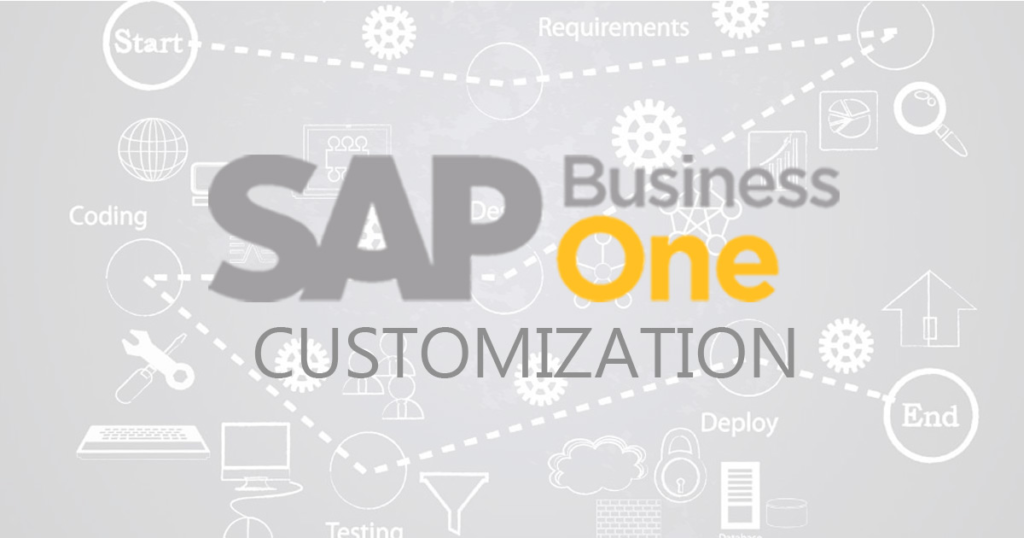Unlocking the full potential of your SAP system involves careful customization. Effective customization ensures that SAP not only meets your unique business requirements but also enhances overall efficiency. In this guide, we’ll explore five essential tips for customizing SAP to achieve a seamless and successful implementation. Whether you are just starting or looking to optimize your current system, these insights will help you navigate the process with confidence.
1. Understanding Your Business Needs and SAP Capabilities
Analyze Business Needs
The foundation of any successful SAP customization project is a deep understanding of your business needs. Begin by conducting a comprehensive analysis of your current processes and workflows. Identify specific pain points and areas where your existing system falls short. This could range from inefficiencies in data handling to gaps in reporting capabilities.
Key Steps:
- Document Current Processes: Create detailed process maps to visualize how your business operates.
- Identify Pain Points: Gather feedback from users to pinpoint areas of improvement.
- Define Objectives: Clearly outline what you hope to achieve with SAP customization.
Understand SAP Capabilities
SAP offers a broad spectrum of modules and functionalities designed to cater to various business needs. Familiarize yourself with the features available out-of-the-box and identify which functionalities might require customization.
Resources to Explore:
- SAP Documentation: Review SAP’s official documentation to understand available features.
- Online Forums: Participate in SAP user forums and communities for insights and advice.
- SAP Training: Consider SAP training courses to gain a deeper understanding of the system.
2. Planning and Strategy Development for SAP Customization
Develop a Solid Plan
A well-structured plan is crucial for a successful SAP customization project. Begin by setting clear objectives and outlining the steps required to achieve them. Develop a detailed project timeline that includes milestones and deadlines.
Key Elements to Include:
- Project Timeline: Define key phases of the project and establish deadlines.
- Resource Allocation: Determine the resources needed, including personnel and budget.
- Budget Considerations: Allocate budget for development, testing, and implementation.
- Risk Management: Identify potential risks and develop mitigation strategies.
Incorporate Stakeholder Input
Engaging with stakeholders early in the planning phase ensures that the customization aligns with their needs and expectations. Collaborate with key users and decision-makers to gather their input.
Steps for Effective Collaboration:
- Conduct Interviews: Interview key stakeholders to understand their requirements.
- Host Workshops: Organize workshops to discuss customization needs and gather feedback.
- Create a Feedback Loop: Establish regular check-ins to ensure alignment throughout the project.
3. Best Practices for Engaging with SAP Consultants and Developers
Choose Experienced Consultants
Hiring the right SAP consultants and developers can significantly impact the success of your customization project. Look for professionals with a proven track record and relevant expertise in the specific areas you need to customize.
Tips for Selecting Consultants:
- Review Credentials: Check their certifications and past project experiences.
- Seek Recommendations: Ask for references from previous clients.
- Evaluate Expertise: Ensure their expertise matches your customization needs.
Foster Effective Communication
Clear and open communication with consultants and developers is vital. Ensure they fully understand your business needs and expected outcomes.
Communication Best Practices:
- Define Expectations: Clearly communicate your project goals and requirements.
- Schedule Regular Meetings: Hold regular meetings to review progress and address any issues.
- Document Everything: Keep detailed records of all communications and decisions.
4. Testing and Quality Assurance in SAP Customization
Implement a Robust Testing Process
Thorough testing is crucial to ensure that your customizations function correctly and meet quality standards. Before deploying any changes to the live environment, conduct a comprehensive testing process.
Types of Testing to Perform:
- Unit Testing: Test individual components to ensure they work as expected.
- Integration Testing: Verify that different modules and systems work together seamlessly.
- User Acceptance Testing (UAT): Involve end-users to test the system in real-world scenarios.
- Performance Testing: Assess the system’s performance under various conditions.
Engage End-Users
Involving end-users in the testing process provides valuable feedback and helps identify practical issues that developers might overlook.
Engagement Strategies:
- Conduct Training Sessions: Train end-users on how to test and provide feedback.
- Collect Feedback: Use surveys or feedback sessions to gather user insights.
- Address Issues Promptly: Act on feedback and resolve any issues before going live.
5. Change Management and Training for End-Users
Implement Change Management Strategies
Customizing SAP often involves significant changes to existing processes. Effective change management helps ensure a smooth transition and minimizes resistance.
Change Management Best Practices:
- Communicate Benefits: Clearly articulate the benefits of the new system to employees.
- Address Concerns: Provide support and address any concerns employees may have.
- Develop a Change Management Plan: Create a plan to manage the transition and support employees throughout the process.
Provide Comprehensive Training
Training is essential to ensure that end-users can effectively use the new system. Offer thorough training sessions and provide ongoing support.
Training Tips:
- Design Tailored Training Programs: Customize training based on user roles and needs.
- Provide Resources: Offer user manuals, online resources, and support materials.
- Offer Ongoing Support: Provide refresher training and support as needed.
Conclusion
Customizing SAP to fit your business needs can unlock significant potential and drive efficiency across your organization. By understanding your business requirements, planning effectively, working with experienced consultants, conducting thorough testing, and implementing robust change management and training strategies, you can ensure a successful SAP customization project.
If you’re ready to take the next step in customizing your SAP system, reach out to our experts at Enexxus. We offer tailored solutions and support to help you achieve your business goals with SAP. Contact us at hello@enexxus.com to learn more about how we can assist you in your SAP journey.
Unlock the full potential of SAP with Enexxus – your partner in successful customization and implementation!
